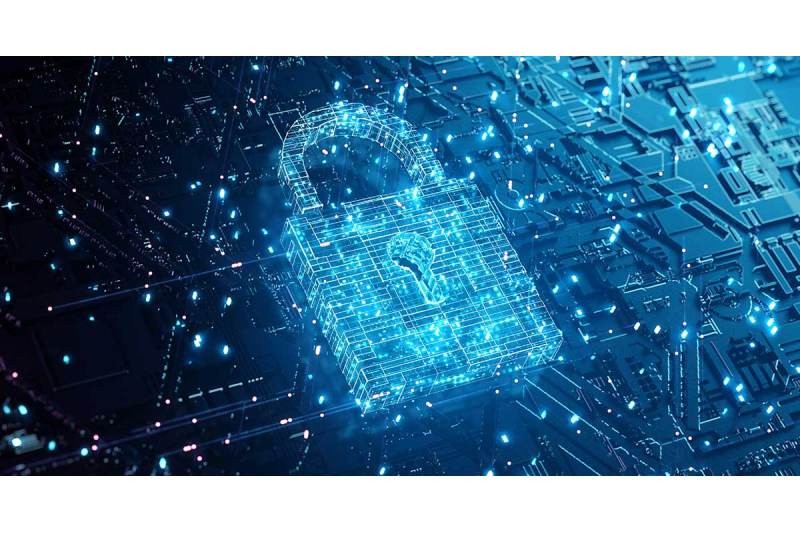
Google Cloud has unveiled quantum-safe digital signatures in its Cloud Key Management Service (Cloud KMS), marking a major advancement in data security. The new signature accounts, currently in preview, align with the National Institute of Standards and Technology's (NIST) post-quantum cryptography standards.
The introduction comes as organizations face growing concerns about quantum computing threats to classical encryption methods. While quantum computers capable of breaking current encryption don't exist yet, the risk of "harvest now, decrypt later" (HNDL) attacks remains a pressing concern, especially following Microsoft's recent Majorana 1 chip breakthrough.
Google Cloud's implementation leverages two advanced algorithms: ML-DSA-65, a lattice-based digital signature algorithm, and SLH-DSA-SHA2-128S, a stateless hash-based digital signature algorithm. These algorithms are now available in both Cloud KMS software and Cloud HSM hardware security modules.
The move particularly benefits financial institutions, enterprises, government agencies, and critical infrastructure operators who rely on Google Cloud for handling sensitive data. Users can now generate, store, and manage cryptographic keys using quantum-resistant methods, similar to classical cryptography approaches.
In the spirit of transparency, Google has made the cryptographic implementations open-source through BoringCrypto and Tink libraries, enabling independent security audits. The company encourages organizations to test these quantum-resistant algorithms in their existing systems and provide feedback for continuous improvement.
This proactive step by Google Cloud demonstrates the growing recognition of quantum computing's potential impact on current security measures, pushing the industry toward more robust encryption standards for the future.